PRESENTATION: Ai WeiWei-Zodiac
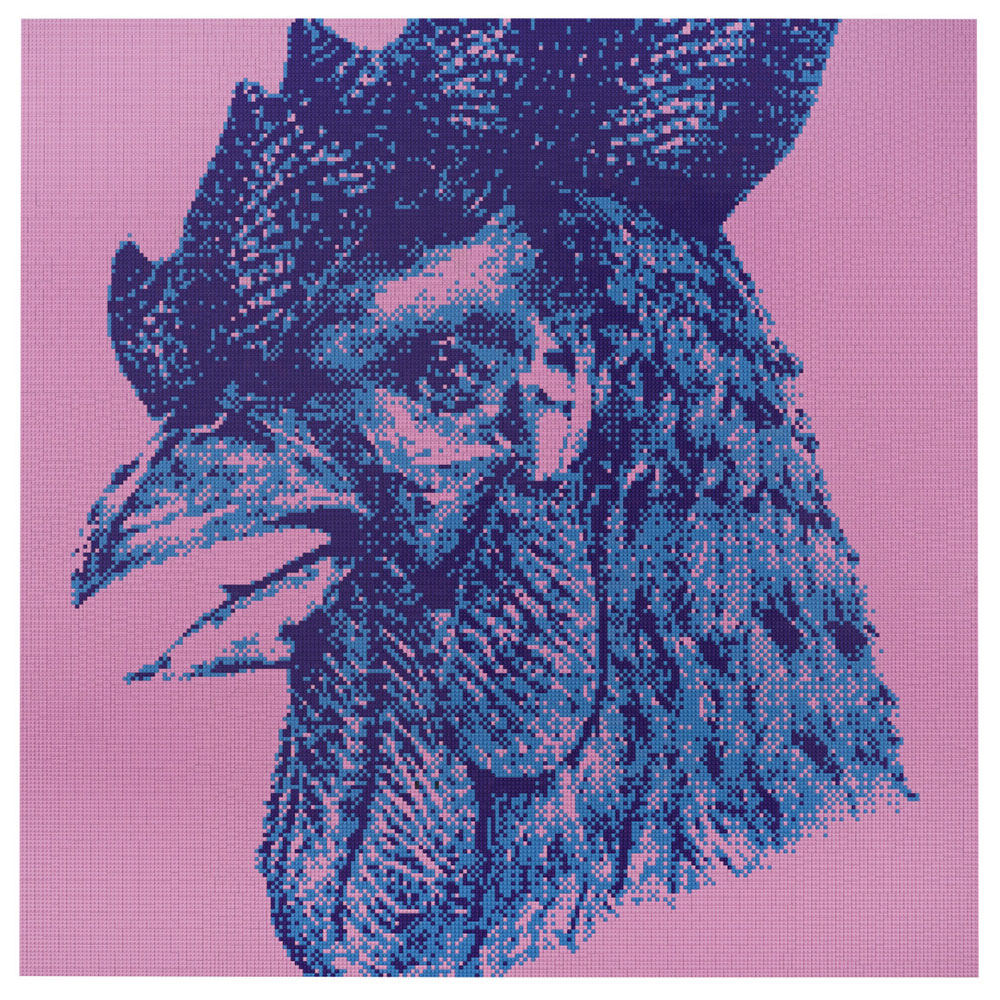 As his personal circumstances move in constant flux, Ai Weiwei remains a cultural magnet. Renowned for his political activism and social media activity almost as much as for his social interventions, contemporary approach to the readymade, and knowledge of Chinese traditional crafts, Ai’s fame extends throughout and beyond the art world.
As his personal circumstances move in constant flux, Ai Weiwei remains a cultural magnet. Renowned for his political activism and social media activity almost as much as for his social interventions, contemporary approach to the readymade, and knowledge of Chinese traditional crafts, Ai’s fame extends throughout and beyond the art world.
By Dimitris Lempesis
Photo: Vito Schnabel Gallery Archive
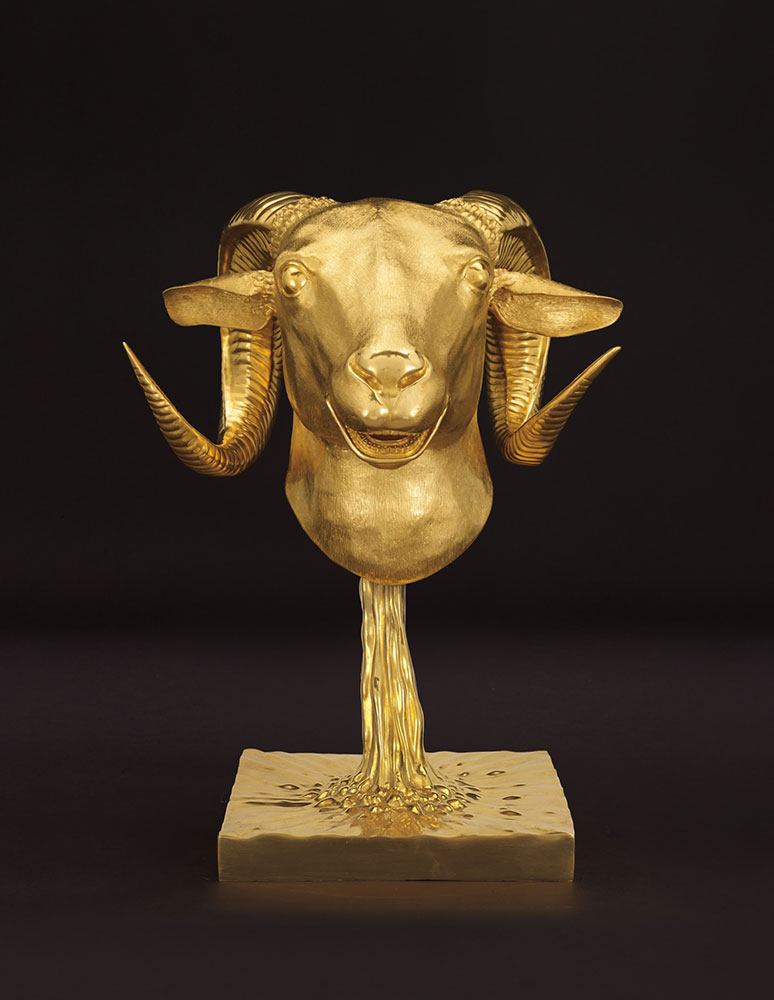
Ai Weiwei in his solo exhibition “Zodiac” focuses upon three central groups of work from his oeuvre, including the triptych “Dropping a Han Dynasty Urn” (2015); twelve wall-based “LEGO Zodiac portraits” (2018), exhibited for the first time; and the celebrated series “Circle of Animals/Zodiac Heads: Gold” (2010), comprising twelve sculptures in gilded bronze. Engaging Ai Weiwei’s deep admiration for the Duchampian readymade and his longstanding interest in ancient historical artifacts, the works on view in this exhibition raise questions about authenticity and the formation of cultural values, and scrutinize existing power structures. Together, they create tension between past and present, ancient and modern, in order to provoke important conversations about loss and preservation, repatriation and cultural heritage, censorship and surveillance. With this exhibition, Ai Weiwei invites the visitor to join in his exploration of the relationship between an original and a copy, what is “real” and “fake”, and where authorship begins and ends. In 1995, the artist unveiled “Dropping a Han Dynasty Urn”, one of the most provocative works of his oeuvre up to that point: a series of black-and-white photographs that captured him shattering a precious 2000 year-old ceremonial urn. For the performance documented in these photographs, Ai stood before the camera, staring directly into its lens to confront the viewer’s gaze while the camera shutter clicked. The resulting three images of “Dropping a Han Dynasty Urn” show the urn in the artist’s hands; the urn falling to the ground; the urn smashing into shards on the floor. Challenging existing value systems through a highly subversive act, this piece was Ai’s response to China’s Cultural Revolution (1966-76), its decade-long desecration of antiquities and relics under Chairman Mao, and the effects of that obliteration via a gesture of both destruction and transformation. In the exhibition visitors find Ai’s reimagining of this seminal work “Dropping a Han Dynasty Urn” (2015). Created twenty years after Ai’s breakthrough shattering of an ancient urn, the version on view is rendered in LEGO bricks. Arranged in three panels, the LEGO blocks achieve a pixelated black, white and gray-scale effect that approximates digital imagery and surveillance footage – the photography-based idioms familiar to a generation for whom everyday life is mediated by the Internet. Drawn to them for their accessibility and playful sensibility, Ai has employed LEGO bricks in his artistic practice since 2007. These colorful building blocks are intuitive tools for creative expression and storytelling by children and adults alike. Ai has repeatedly referred to LEGO as a “language”, an analogous form of visual communication that uses patterned, systematic ways of building to express symbols and visual ideas. Its combination of versatility and precision allows the builder to create a specific design– a famous landmark building, for example– from an idea or set of instructions. Its replicability and industrial design as a readymade object, speaks to the influence of his artistic forebears, Warhol and Duchamp. Ai explains: “Lego destroys this idea of an ‘original’, which I like”. The artist’s longstanding examination of the human condition and critique of authoritarian systems manifests as a poignant statement throughout his work. In the past, Ai has used LEGO to bring attention to human rights violations, acts of censorship, and issues relating to freedom of expression. He has created hundreds of large-scale portraits dedicated to activists and advocates, prisoners of conscience, and victims of crime. In his “Zodiac” (2018) series, he reinterprets his subject using the bright acid palette of Pop art to render 12 new wall-based LEGO portraits, which have never been publicly exhibited. Each 190,5 cm square panel depicts one of the 12 animal signs of the Chinese zodiac: the rat, ox, tiger, rabbit, dragon, snake, horse, goat, monkey, rooster, dog and pig. These are displayed in their cosmological order. The series, which furthers the important political and cultural narrative that Ai first explored in the twelve bronze sculptures of his well-known work “Circle of Animals/Zodiac Heads” (2010), builds upon his continued interests in digital aesthetics and their centrality to contemporary life. Using a modern material in his artistic vernacular, Ai refashions the historical narrative of these iconic traditional motifs. Chromatically vivid, the bold pixelation of these 12 recognizable creatures creates the visual impact of a graphic video-game. Against a single-hued, saturated background, the animals’ likenesses resolve at a distance, but break down and collapse into a buzzing, fragmented incoherence when observed up close. Also, on view in the exhibition and for the first time ever in Switzerland are Ai’s gilded Zodiac Heads from the series “Circle of Animals/Zodiac Heads: Bronze and Gold” (2010), which has been exhibited at over 45 venues worldwide since 2011. The inspiration for the twelve Chinese zodiac sculptures originates from a water clock fountain that once decorated the famed Yuanming Yuan, an imperial retreat in Beijing dating to the eighteenth century. The pavilions, gardens, and palace at Yuanming Yuan were modeled after French and Baroque styles, designed by European Jesuits for the court of the Qing Dynasty under Emperor Qianlong. During the Second Opium War in 1860, Anglo-French soldiers ransacked the site’s Old Summer Palace and looted the original bronze heads within. In this context, the zodiac is a contentious subject and enduring symbol of China’s fraught history and political unraveling, marked by crushing and humiliating defeat at the hands of Western powers. By excavating and re-interpreting the twelve original animal heads in his work, Ai encourages dialogue about themes of nationalism, cultural heritage, repatriation, and authenticity while introducing humor and wit. His Zodiac Heads function as readymade objects, simultaneously signifying the contradictory powers of history and contemporary pop culture.
Photo: Ai Weiwei, Zodiac, 2018, LEGO bricks mounted on aluminium, 75 x 75 inches (190 x 190 cm), © Ai Weiwei; Photo by Argenis Apolinario; Courtesy the artist and Vito Schnabel Gallery
Info: Vito Schnabel Gallery, Via Maistra 37, St. Moritz, Switzerland, Duration: 27/1-5/3/2023, Days & Hours: Tue-Sat 11:00-18:00, www.vitoschnabel.com/

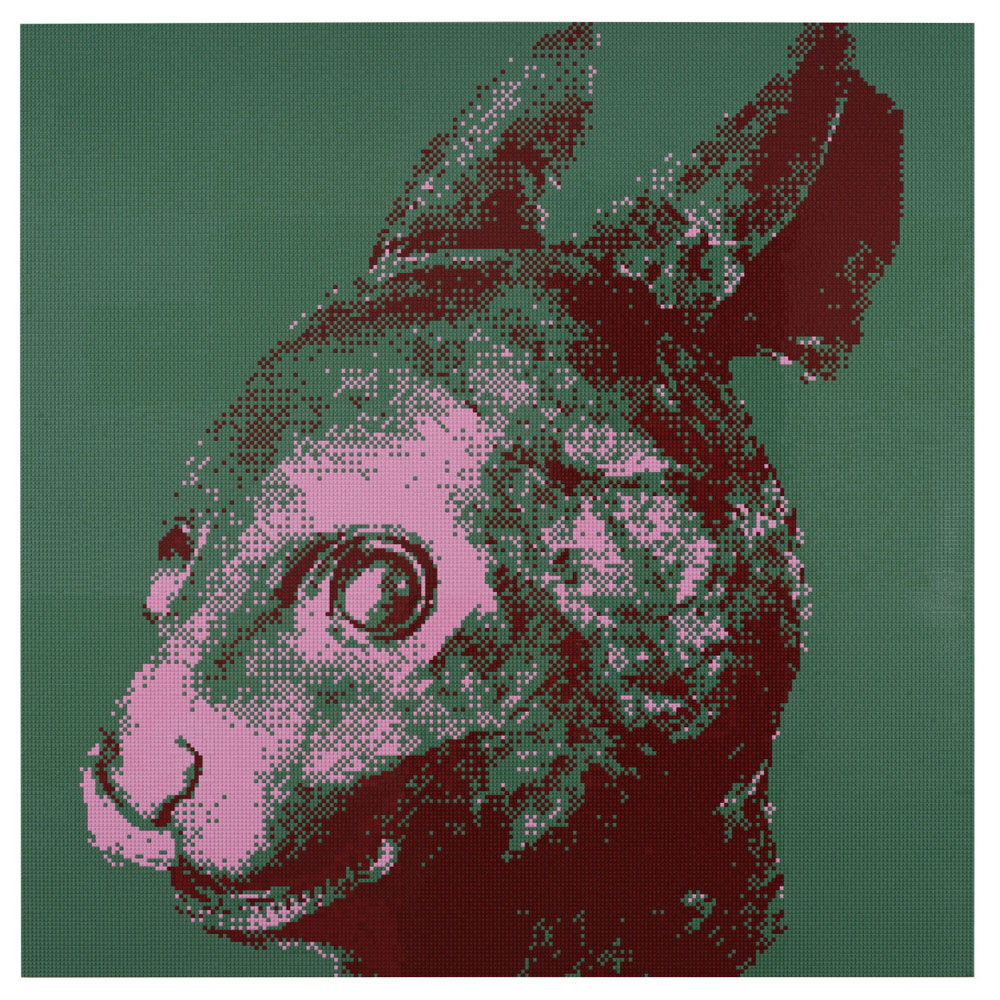
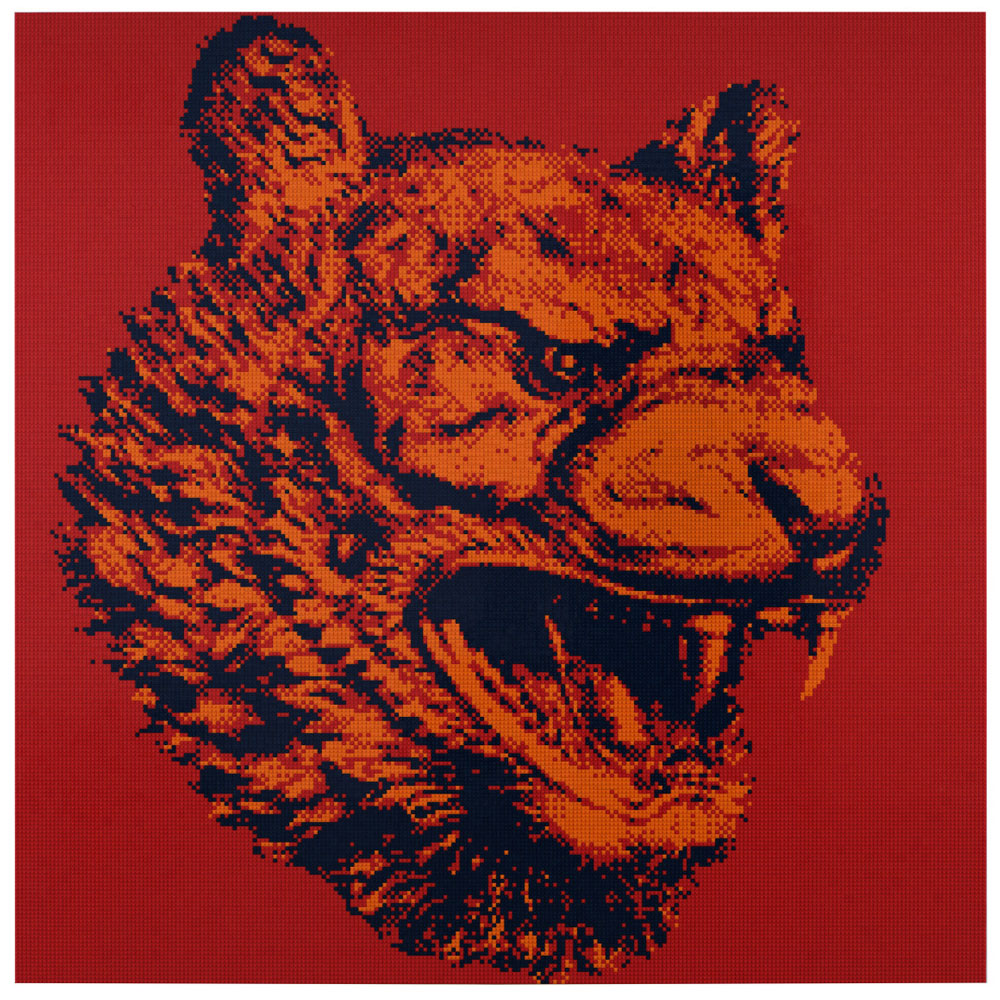
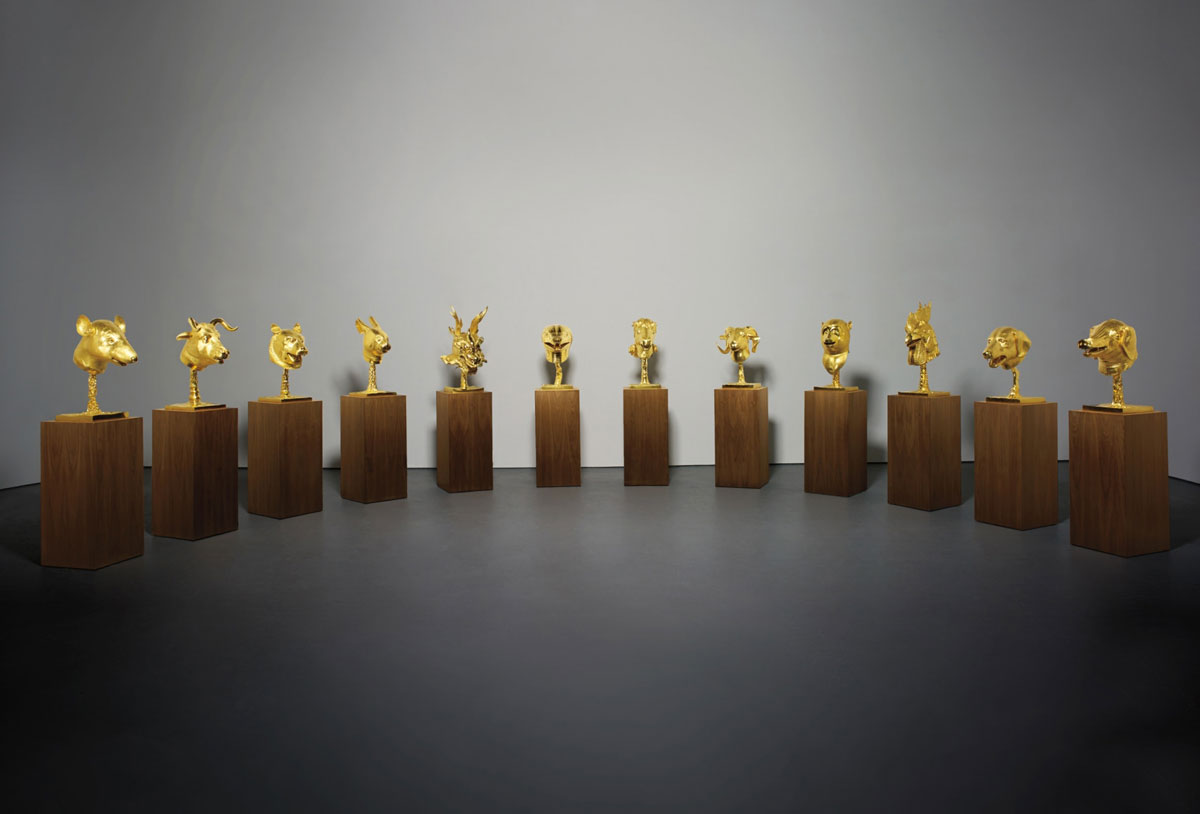
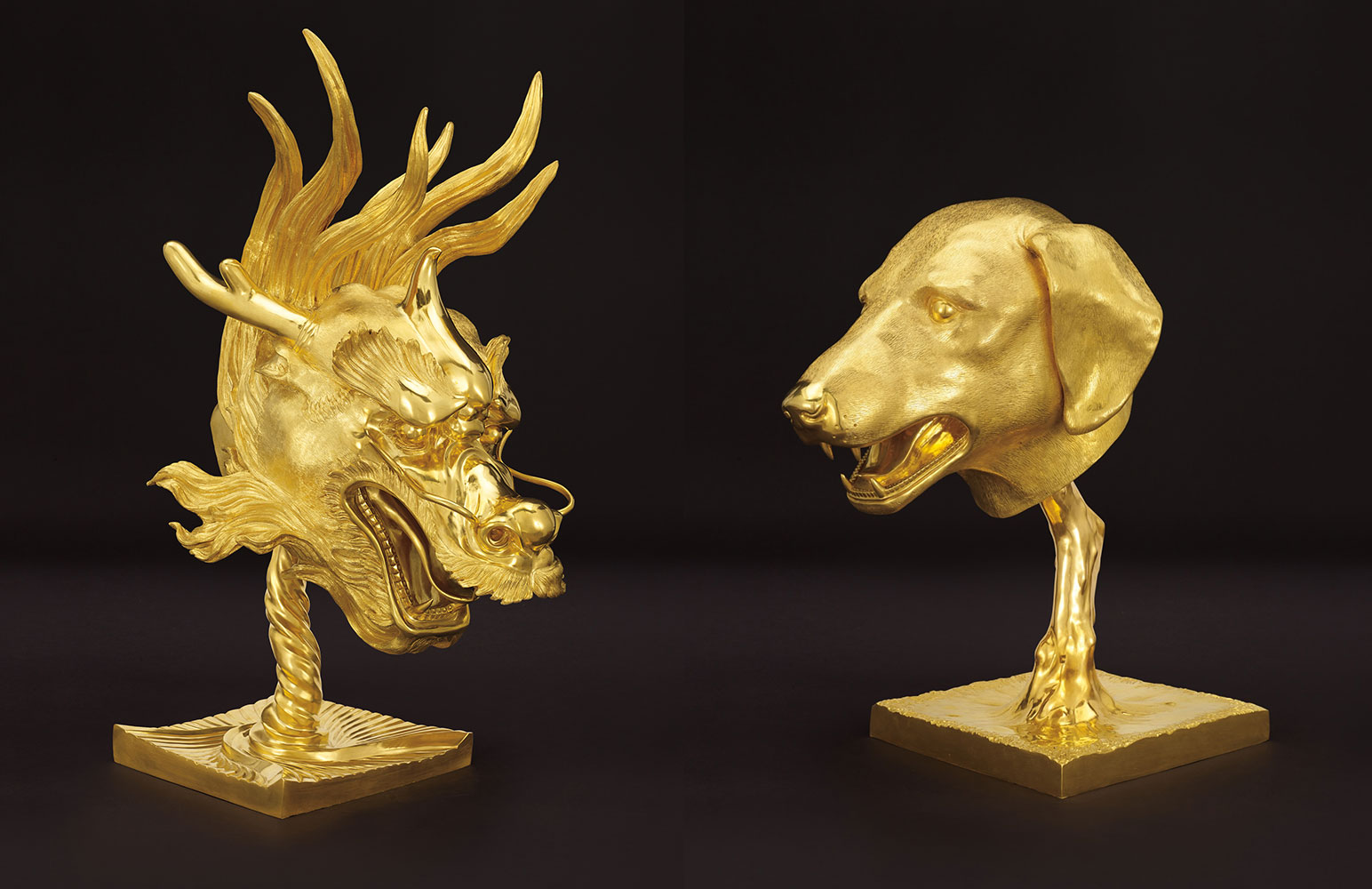
Right: Ai Weiwei, Circle of Animals/Zodiac Heads: Gold (Dog), 2010, Bronze with a gold patina, 25 x 15 x 19 inches (63.5 x 38.1 x 48.3 cm), © Ai Weiwei; Courtesy the artist and Vito Schnabel Gallery
